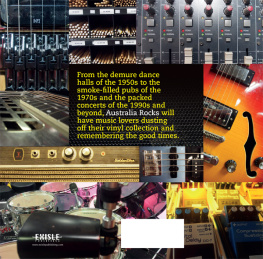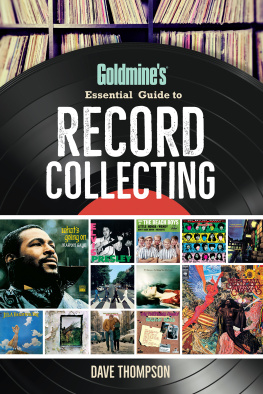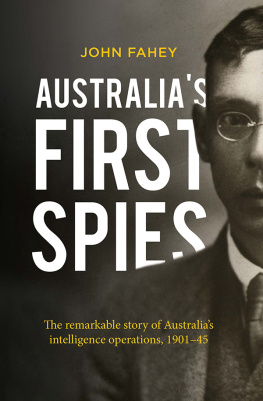Australian rock music has a rich history of performers and bands that have created not just the soundtrack for Australian lives but have also shaped the international music scene.
In the early days of the 1950s and 60s, Australian rock saw performers like Johnny OKeefe and The Easybeats. The 1970s saw Cold Chisel and AC/DC, among others, performing to packed halls locally. AC/DC turned this into international success, blasting through three decades of touring and performing. However, it was only in the 1980s and 1990s that Australian rock truly made its mark on the international stage with iconic bands such as Men at Work, Midnight Oil and INXS.
Australia Rocks brings the bands and the times to life through unique photographs and evocative text. It also goes beyond the big names to highlight the many independent, often lesser-known performers who played such an integral part in shaping the industry, and shines a light on how rock music was not only influenced by global events the Vietnam War, for example but also formed part of enormous cultural shifts such as the Swinging Sixties.
AUSTRALIA
ROCKS!

AUSTRALIA
ROCKS!
REMEMBERING THE MUSIC OF THE 1950s TO 1990s
LUCY DESOTO


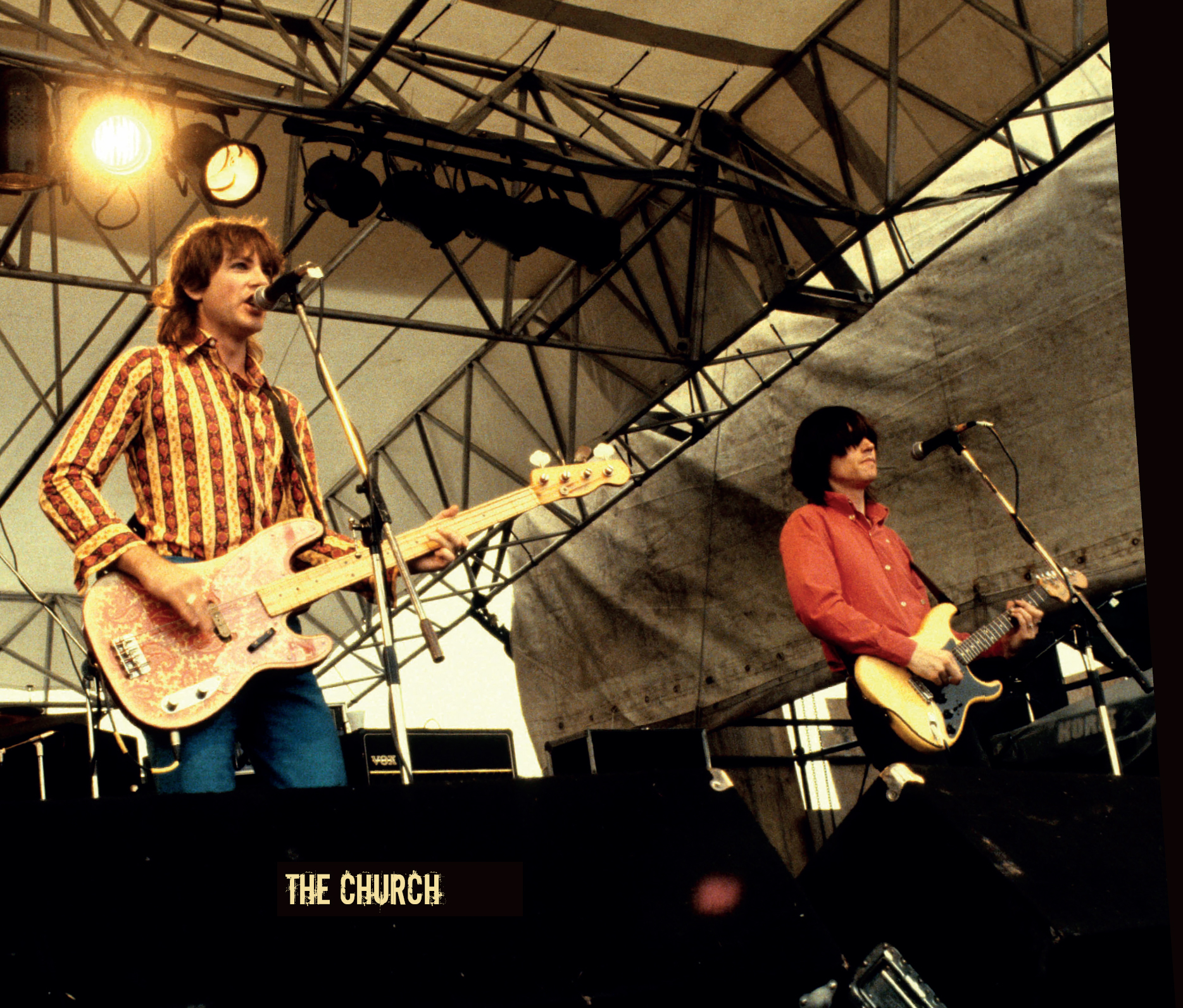
CONTENTS
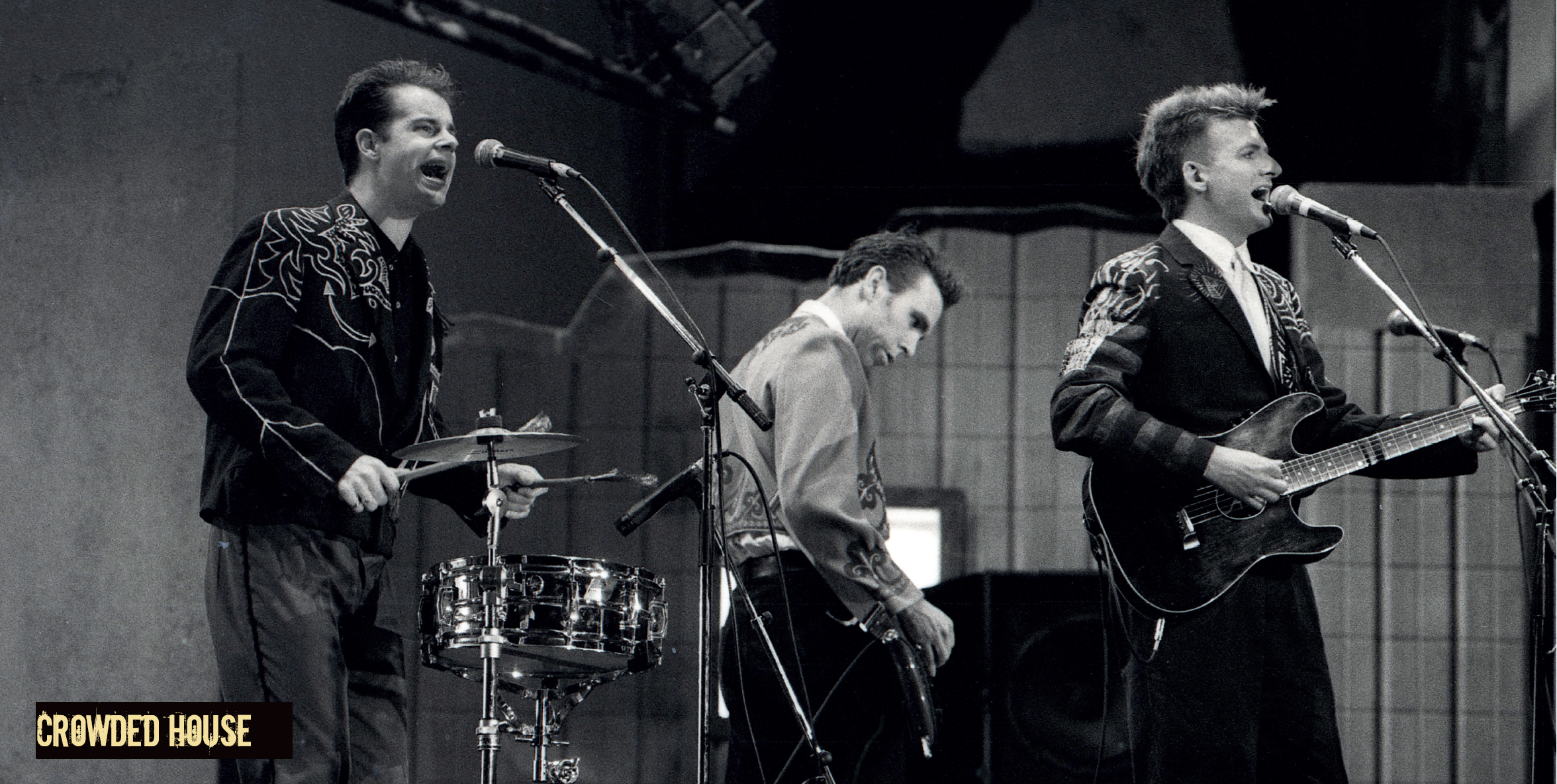
PREFACE
Australia Rocks is an informal history of the hidden powers and surprising people whove influenced the way Australians create and receive pop and rock music today.
It offers a rare trip through Australias cultural memory of the 20th century, both at home and on the international airwaves, sharing insights into the modern social changes that influenced all our lives.
Australia Rocks scans changing political regimes, a broad spectrum of Hollywood movies and tribal fashions, music broadcasting and business practices, as well as some of the 20th centurys most revolutionary technological developments that touched everything, from the way we listened to music to the way it was played.
Revealing something new about the history of Aussie Rock in each of its five chapters, starting with Lee Gordons Big Shows in the 1950s and Johnny OKeefe; to the 1960s with the generation gap and The Easybeats; to the 70s with the end of the Vietnam War and advent of AC/DC; to the 80s with pub rock and INXS; to the 90s with The Big Day Out and Silverchair, up until the dawn of the 21st century, this book is an intriguing tour through the decades, with the windows down, cruise control on and the volume turned up.
It looks at the musicians, bands and the aficionados who developed and created the soundtrack of our Australian lives, as well as those who left an imprint on music globally. Featuring 200 photographs, ranging from the ecletic to the mainstream, it salutes the musicians and bands that are cherished and remembered for their influence on our local culture as well as those who rose to be among the most treasured and iconic pop and rock stars of all time.
Australia Rocks tunes us in to the music we love by shining a light on the country we call home.
CHAPTER ONE
The Fifties
In the beginning, rock n roll spread across the world, like wild flowers springing from the ashes of war. Its musical forebears came from the trenches in World War I when African-American infantry bands were deployed in Europe. Sowing the seeds of this hybrid music in fertile foreign soil, they spread their unprecedented rhythms and sounds of gospel, ragtime, Dixie and the blues. These flourished in deeply influential subcultures, with new styles of dance music, cabaret and jazz developing in Paris and Berlin, especially through the 1920s and 1930s. Then in World War II, with another wave of American troops, jump, jive and swingin big bands landed in Europe in the 1940s. These new styles of American music quickly swept into Australia with the war making its way across the Pacific region.
More powerful than any military bombardment, the new rhythms and sounds spread around the world, changing cultural and political ideas at the grassroots. Travelling in suitcases and duffle bags with musical instruments, record collections, and on sheet music or in memory, this new music came with the hopeful survivors, the refugees and immigrants, and the returned servicemen and women. They carried with them the wild seeds of a new cultural revolution in music. In the mid 1950s, rock n roll finally made its way out of the chaos and into the hearts and minds of Australians, who adopted it as their own.
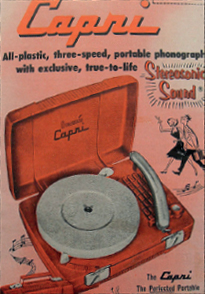
At the time, the concept of portability was synonymous with progress. The introduction of transistor technology meant radios and, later, record players, could go pretty much anywhere, giving everyday music lovers control of the soundtrack of their experiences for the first time in history.
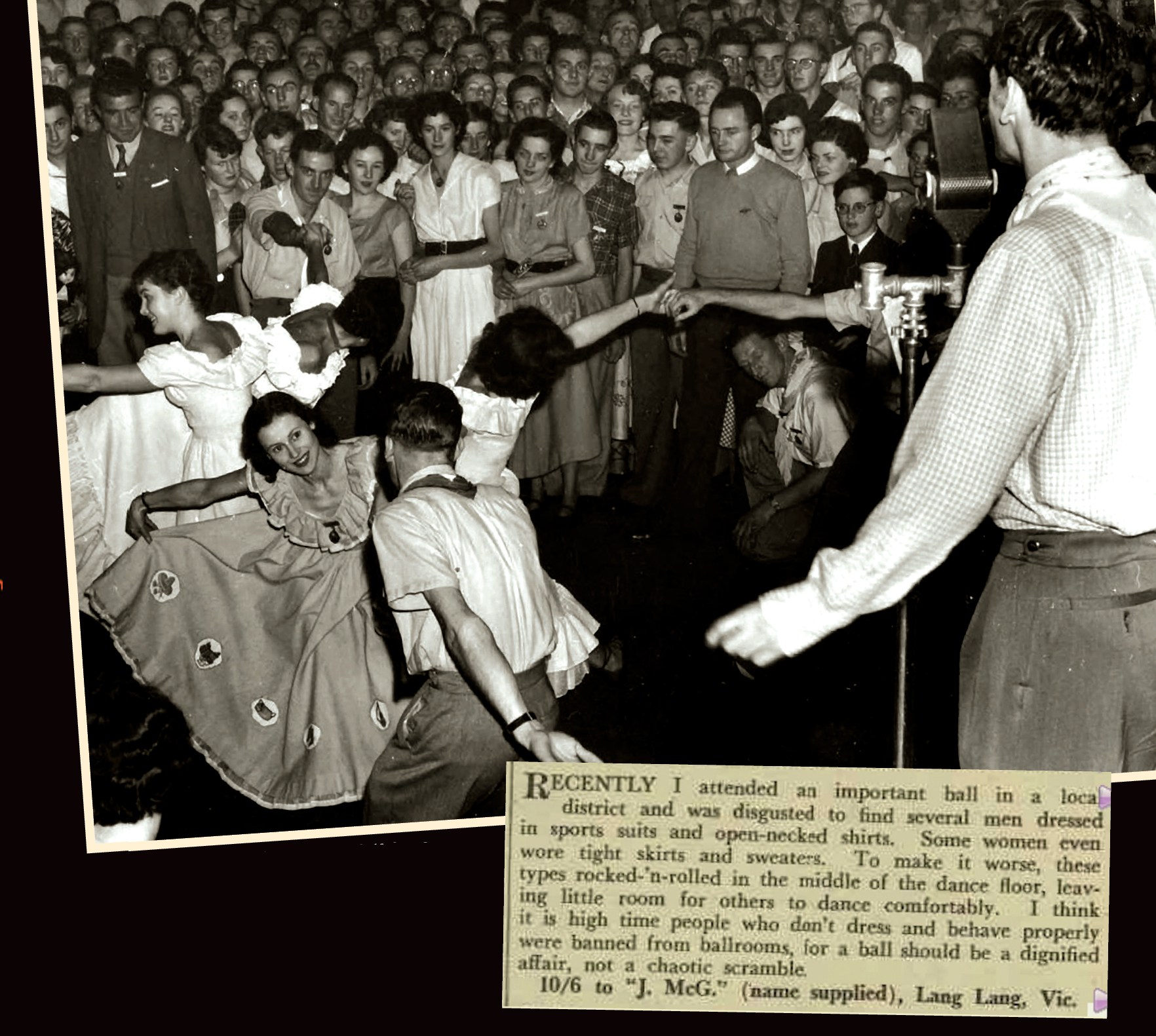
Australias music scene in the early 1950s was still enjoying all the variety and vigour of the Big Band era. People, young and old, were stepping out regularly and dancing in couples to music that ranged from waltzes and square-dancing to the jitterbug, while jazz music from Dixie to Bebop also enjoyed popularity in funky cafs and clubs in the major cities at the time. Australian musicians were reading, playing and listening to a lot of American music while mixing with like-minded immigrants and servicemen.
IN THE 1950S , the new enemy was communism and a Cold War to go with it. The new was everywhere and was as basic as food. A range of artificial morsels encouraged snacking as a national habit, with Australians inventing Twisties in 1950 and the Chiko Roll in 1951. Sliced bread, dried soups and fish fingers were added to the menu, along with canned beer, Barossa Pearl sparkling wines and the portable cask for wine. The concept of portable and disposable goods took hold and along with transistor technology came portable music, as well as vending machines and drive-in shopping malls. In 1959, Coca-Colas advertising agency McCann Erickson opened its first Australian office.
Culturally, Australias debts and loyalties ran deep and were equally divided between Mother England and Uncle Sam. In 1952, the accession of Queen Elizabeth II and her subsequent Australian tour in 1954 ensured a national romance with British royalty that remains a bedazzling attraction. For Uncle Sam, the ANZUS Treaty in 1951 was the foundation for setting up permanent American military bases in Australia, including the establishment of the top secret facility at Pine Gap in the Northern Territory. Australias twin allegiance to Britain and America throughout the 1950s was both material and symbolic and naturally invited deep social and cultural influences, with the popular music of the era a significant harbinger of the historical ties that continue to bind the western world together.
Next page
